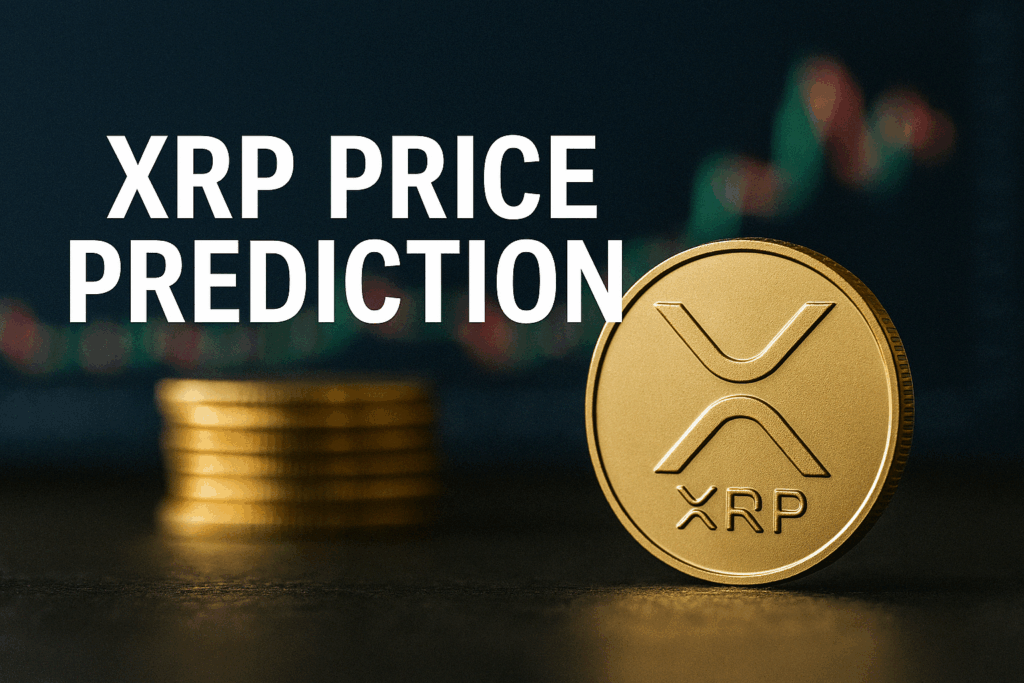XRP Price: A Comprehensive Analysis

Introduction
XRP is a digital asset that has gained significant attention in the cryptocurrency market. It was created by Ripple Labs and is designed to enable fast and low – cost international money transfers. The xrp price is influenced by a multitude of factors, and understanding these can provide valuable insights for investors, traders, and enthusiasts alike.
Historical Price Trends
XRP has had a volatile price history. In its early days, the price was relatively low, trading at fractions of a cent. However, in late 2017 and early 2018, XRP experienced an astronomical price surge. It reached an all – time high of around $3.84 in January 2018. This price spike was part of the broader cryptocurrency bull run during that period, where many digital assets saw significant increases in value.
After the peak in 2018, XRP’s price entered a long – term bear market. It gradually declined over the next few years, facing challenges such as regulatory uncertainties and market competition. In 2020, the price was hovering around the $0.2 – $0.3 range for an extended period.
In 2021, there was another notable rally in the cryptocurrency market, and XRP’s price also benefited. It managed to climb back up to over $1, but then faced a sharp correction as the overall market sentiment turned bearish again.
Factors Influencing XRP Price
Market Sentiment
The general sentiment in the cryptocurrency market has a major impact on XRP’s price. When investors are optimistic about the future of digital assets, they are more likely to buy XRP, driving up its price. Conversely, during periods of market fear and uncertainty, such as when there are concerns about regulatory crackdowns or economic instability, the price of XRP is likely to decline as investors sell off their holdings.
Regulatory Environment
Regulatory issues have been a significant factor for XRP. In late 2020, the U.S. Securities and Exchange Commission (SEC) filed a lawsuit against Ripple Labs, alleging that XRP was an unregistered security. This lawsuit had a profound impact on XRP’s price, causing it to drop significantly. Since then, the outcome of the lawsuit has been closely watched by the market. Positive developments in the legal case, such as favorable court rulings for Ripple, have led to price increases, while setbacks have had the opposite effect.
Adoption and Partnerships
The level of adoption of XRP in the real – world financial system is crucial for its price. Ripple Labs has been actively seeking partnerships with banks and financial institutions around the world. When Ripple announces new partnerships or successful implementations of XRP in cross – border payment systems, it signals increased demand for the asset, which can lead to price appreciation. For example, if a major international bank starts using XRP for its remittance services, it could potentially drive up the price as more people expect the asset to be in higher demand.
Technological Developments
Improvements in the XRP ledger technology can also affect its price. New features such as enhanced security, faster transaction speeds, or increased scalability can make XRP more attractive to users and investors. For instance, if Ripple Labs develops a new protocol upgrade that significantly reduces transaction fees or improves the overall efficiency of the network, it could lead to a positive price reaction as the asset becomes more competitive in the market.
Comparison with Other Cryptocurrencies
When comparing XRP with other major cryptocurrencies like Bitcoin and Ethereum, there are several differences. Bitcoin is often seen as a store of value and a digital alternative to gold, while Ethereum is known for its smart contract capabilities and the development of decentralized applications.
XRP, on the other hand, is focused primarily on facilitating cross – border payments. In terms of price volatility, XRP can be more volatile than Bitcoin in some cases, especially during periods of regulatory or legal uncertainty. However, compared to some smaller and more speculative cryptocurrencies, XRP is relatively more established and has a larger market capitalization.
In terms of market capitalization, Bitcoin has the largest market cap in the cryptocurrency space, followed by Ethereum. XRP usually ranks among the top cryptocurrencies in terms of market cap, but its position can fluctuate depending on its price movements and the performance of other digital assets.
Future Outlook
The future of XRP’s price is highly uncertain and depends on several factors. If Ripple Labs wins the SEC lawsuit, it could lead to a significant price increase as it would remove a major regulatory overhang. This could also lead to increased adoption by financial institutions in the United States and globally.
On the other hand, if Ripple loses the lawsuit, it could have a long – term negative impact on XRP’s price and its ability to be used in the U.S. financial system. Additionally, the overall development of the cryptocurrency market, including technological advancements, regulatory changes, and macroeconomic conditions, will also play a role in determining XRP’s future price.
In conclusion, the price of XRP is a complex subject influenced by a wide range of factors. Investors and market participants need to closely monitor these factors to make informed decisions about buying, selling, or holding XRP. Whether XRP will reach new price highs or continue to face challenges in the coming years remains to be seen.
